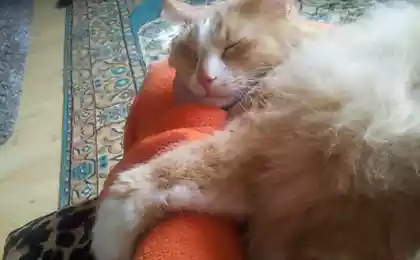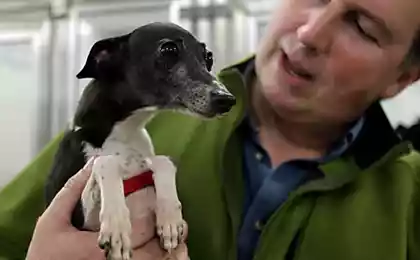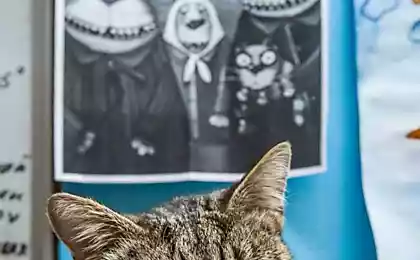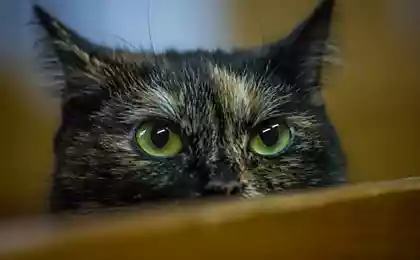214
Flying fox at Tolga Bat Hospital in Australia
The flying fox photo of which is shown below for sure can scare, for sure, anyone who has never in his life come close to these animals, especially during his flight. This negative attitude was largely promoted by mythical stories associated with flying vampires who hide under the cover of night as if frightening and attacking people. But if you look at these animals, and learn more about their lives, it turns out that they are not so scary, and their little puppies are even cute and charming.

The Australian Tolga Bat Hospital has opened its doors to all visitors since 2009 and wants not only to learn more about flying foxes, but also to help all the pets living here.

The history of the Australian shelter began in the 80s, when in the forests of the Atherton plateau (Queensland) was recorded a mass death of flying foxes (Pteropus conspicillatus) resulting from tick-borne paralysis. Adults died leaving their young offspring, which could not yet feed on their own. Volunteers and everyone who cared about the fate of the endangered species of flying foxes collected emaciated animals. That is how this shelter was founded, which is still in operation and the main means for which it exists are donations. Every year, the shelter cares for more than 400 orphans and 800 tick-infected individuals who are being treated. Then all animals ready for independent life will be released. The role these animals play in the forest ecosystem is very important. Many plants growing in this region are pollinated by flying foxes.
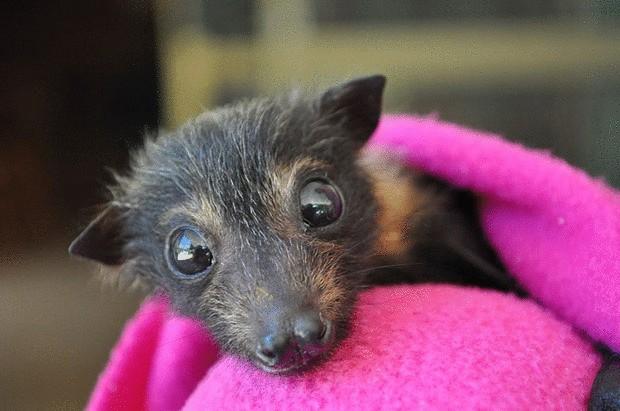
The process of caring for the smallest newborn contingent of the shelter is quite troublesome and costly. Newborns due to long claws have to swaddle like children and feed from the nipple with milk. Regularly carry out all hygienic procedures, weighing and measurement. They are then taught to eat and drink on their own. Upon reaching four months, already matured and independent puppies are placed in an aviary in the forest to adapt to the external environment. The door is then opened and released. But the young for another five months regularly visit this aviary for food. On a day, the pets of the shelter eat up to 80 kg of fruit.
I would also like to note that all the employees of this shelter work here absolutely free of charge and pay for their accommodation and food independently. And the care and love that these flying foxes receive can be judged by these photos.


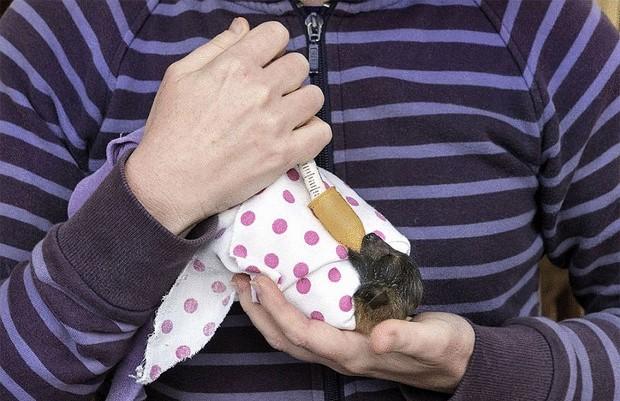


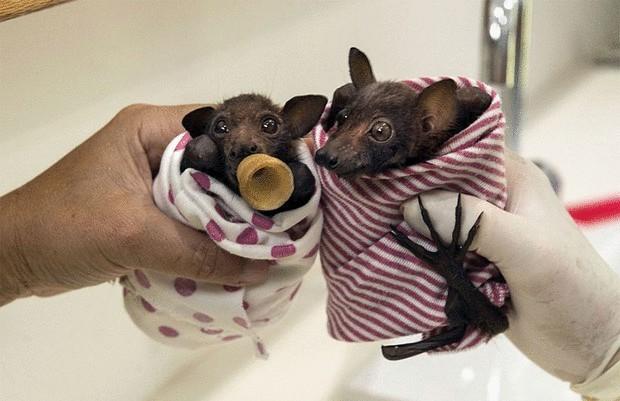

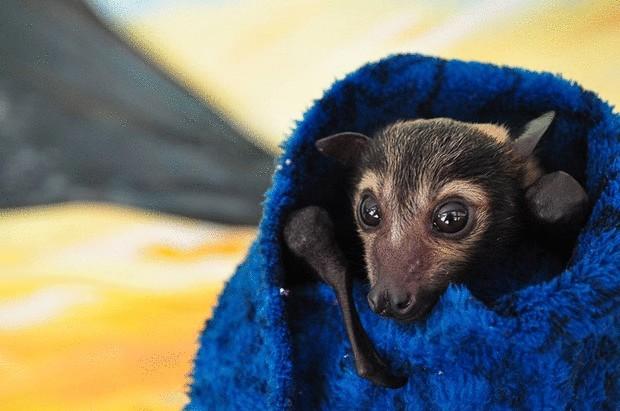

Source: allfreefoto.ru

The Australian Tolga Bat Hospital has opened its doors to all visitors since 2009 and wants not only to learn more about flying foxes, but also to help all the pets living here.

The history of the Australian shelter began in the 80s, when in the forests of the Atherton plateau (Queensland) was recorded a mass death of flying foxes (Pteropus conspicillatus) resulting from tick-borne paralysis. Adults died leaving their young offspring, which could not yet feed on their own. Volunteers and everyone who cared about the fate of the endangered species of flying foxes collected emaciated animals. That is how this shelter was founded, which is still in operation and the main means for which it exists are donations. Every year, the shelter cares for more than 400 orphans and 800 tick-infected individuals who are being treated. Then all animals ready for independent life will be released. The role these animals play in the forest ecosystem is very important. Many plants growing in this region are pollinated by flying foxes.

The process of caring for the smallest newborn contingent of the shelter is quite troublesome and costly. Newborns due to long claws have to swaddle like children and feed from the nipple with milk. Regularly carry out all hygienic procedures, weighing and measurement. They are then taught to eat and drink on their own. Upon reaching four months, already matured and independent puppies are placed in an aviary in the forest to adapt to the external environment. The door is then opened and released. But the young for another five months regularly visit this aviary for food. On a day, the pets of the shelter eat up to 80 kg of fruit.
I would also like to note that all the employees of this shelter work here absolutely free of charge and pay for their accommodation and food independently. And the care and love that these flying foxes receive can be judged by these photos.









Source: allfreefoto.ru




